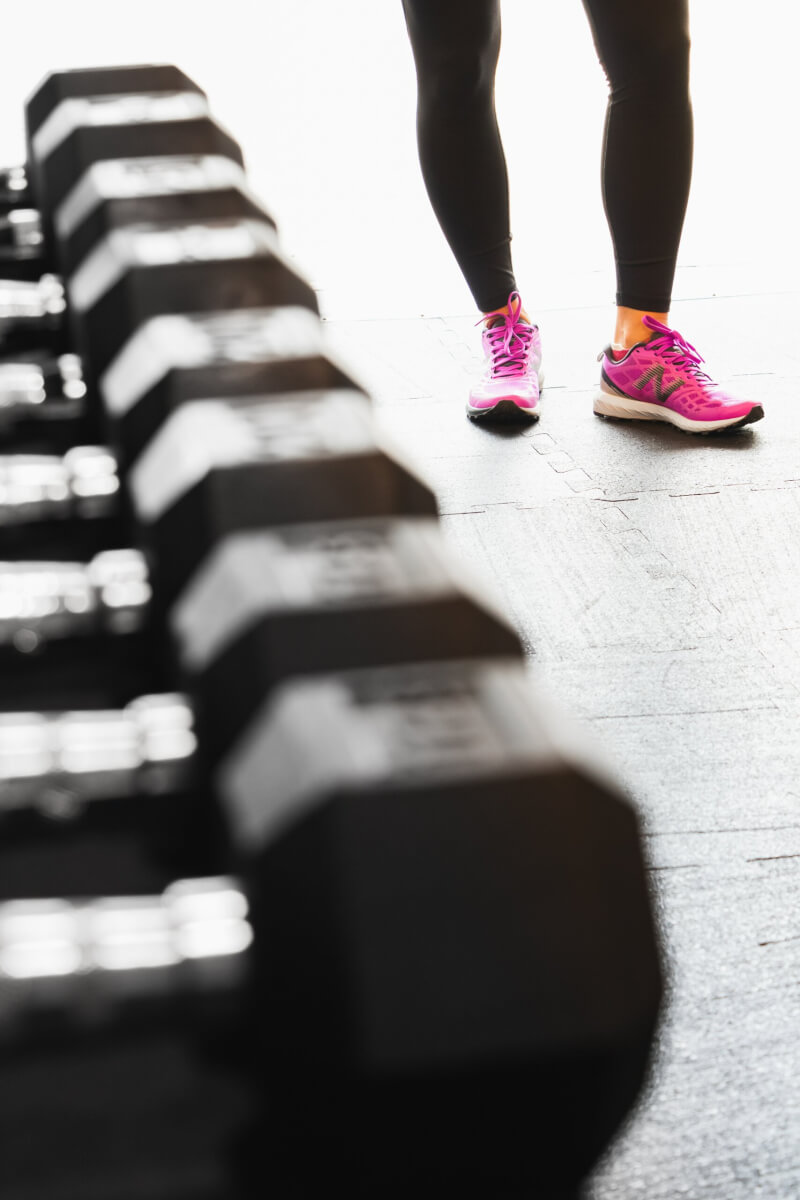3 ways to strengthen your pelvic floor

What is pelvic floor strength?
Pelvic floor health is crucial for women, especially during and after pregnancy. While strength is important, having a functionally strong pelvic floor is even more essential. A functionally strong pelvic floor is flexible, resilient, and can engage, endure, and relax as required. Some women may have a hypertonic pelvic floor, which is when a muscle is too tight and struggles to release, making it a weak muscle.
What is the pelvic floor?
The pelvic floor is a group of muscles that form a hammock in the base of the pelvis. It helps with several important bodily functions, including keeping organs in the right position, supporting sexual activity, and ensuring continence. Therefore, it’s important to have an awareness of your pelvic floor and ensure that it’s functioning optimally.
Top 3 ways to strengthen your pelvic floor
To activate and strengthen your pelvic floor, it’s recommended to seek guidance from a pelvic health physiotherapist to develop an individualized training program. However, here are some starting exercises:
- Kegels: These are basic pelvic floor contractions that can help with building strength. However, research suggests that many women bare down instead of drawing up, which over time could weaken the pelvic floor. Therefore, it’s crucial to seek guidance from a professional.
- Breathing: We breath 22,000 times a day! If you aren’t breathing effectively or efficiently it’s likely impacting both your diaphragm and pelvic floor. The biomechanics of your body mean that your pelvic floor should activate as you breathe out. Take some time out to lie on the ground or sit in a comfy position; take some longer, deeper breaths filling up your side, front and back of your ribcage as well as your chest and stomach. As you breathe out, think about gently drawing in and lifting your front passage (vagina).
- Strength moves: Your pelvic floor is linked to your glutes and adductors. Try a glute bridge to begin with; when you squeeze your glutes to raise your hips off the floor breathe out and draw your pelvic floor muscles too. When you lower your hips relax your PF at the bottom of the movement. This helps you to learn the basic awareness, breath and movement pattern. You can then take this pattern and apply it to compound movements likes squats deadlifts, pushes and pulls. However, it’s important to ensure that your pelvic floor is able to handle these additional loads before incorporating them into your routine.
In summary, having a functionally strong pelvic floor is more important than just strength. Seek guidance from a professional, focus on deep breathing, and incorporate strength exercises to ensure optimal pelvic floor health.
Jen Dugard is the founder and creator of MumSafe™️ which is the go-to website for mums to connect with Personal Trainers that are certified, experienced and partner with Women’s Health Physiotherapists so that you know you are in very safe hands.
Mum-focused author, educator and business owner, Jen Dugard is on a mission to ensure every woman is safely and effectively looked after when she becomes a mother. She is a highly qualified trainer and fitness professional educator and has been specialising in working with mums for over a decade. MumSafe is the go-to place online for women to find mum-focused fitness services that are all accredited, experienced and partnered with women’s health physios so you know you are in very safe hands.
